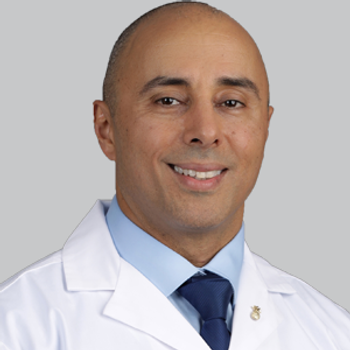
|Slideshows|January 11, 2019
8 Approaches to Integrating New Migraine Treatments Into Clinical Practice
Author(s)Veronica Hackethal, MD
A review of existing guidelines and principles for treating migraine released by the American Headache Society.
Advertisement
Newsletter
Keep your finger on the pulse of neurology—subscribe to NeurologyLive for expert interviews, new data, and breakthrough treatment updates.
Advertisement
Latest CME
Advertisement
Advertisement
Trending on NeurologyLive - Clinical Neurology News and Neurology Expert Insights
1
Overviewing Promising Phase 1/2 Data of Gene Therapy ETX101 in Dravet Syndrome: Joseph Sullivan, MD
2
Gene Therapy ETX101 Demonstrates Significant Effects on Seizure Reduction, Neurodevelopmental Outcomes in POLARIS Phase 1/2 Program
3
Merck’s Novel Antibody MK-2214 Receives FDA Fast-Track Designation Following Phase 1 Results
4
Inside the 2026 MDA Conference: Keynote Insights and Evolving Neuromuscular Care
5































